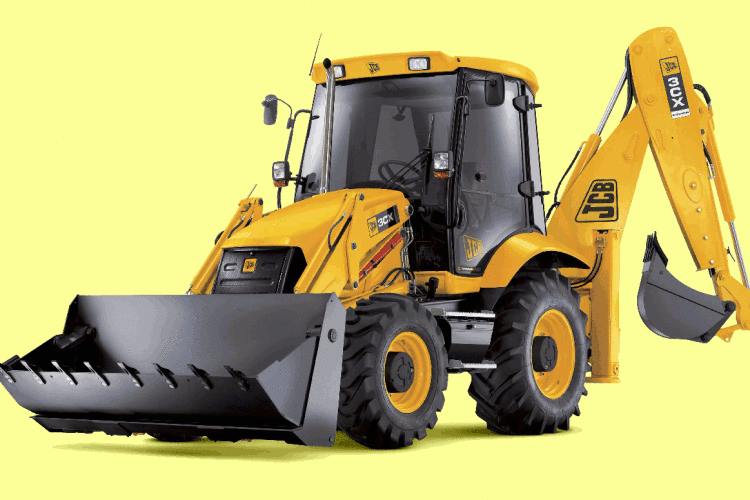Major changes scheduled the Annual Investment Allowance (AIA) and the Writing Down Allowance (WDA) will add additional tax burdens to plant purchasers.
However, in the lead up to the change you need to be aware of what tax allowances are available because managing cash flow and claiming the maximum amount of tax relief, while still available, are vital tools for businesses trying to make the most of the recovery.
The annual investment allowance (AIA) will reduce from the current £100,000 to £25,000, whilst the annual plant and machinery writing down allowances will reduce from 20% to 18%.
However, this has created a window of opportunity that could save you thousands because the changes, announced in the June 2010 Emergency Budget, will not be implemented until 1st April 2012 for an incorporated business or the 6th April 2012 for an unincorporated business.
The AIA is designed to encourage new investment on new or used plant and machinery (not cars) against taxable profits in the year in which the qualifying expenditure was made.
The same rules applied to all businesses, large or small, sole traders to limited companies and even plant hirers offering non-operated plant. Until April 2012 the first £100,000 of investment is 100% allowable against tax, with any excess attracting the 20% WDA in the first year and the balance going in to the pool of allowances for subsequent years.
All well and good but what does it mean?
How to make HMRC pay your deposit and 1st year’s payments
Perhaps the best way to illustrate the AIA’s potential tax benefits is to make the following claim; given the right scenario and an investment of £100,000 in new plant, the benefit of this tax allowance is equivalent to HM Revenue & Customs paying the deposit and the first year’s finance payments on a three year hire purchase agreement.
Imagine the following scenario.
Fred is a sole-trader and an owner-operator with a couple of top specification JCB 3CX Contractor Backhoes. He and his son also dabble in property development, usually only one property at a time but thankfully his minimal exposure to the vagaries of the recent housing market have allowed him to ride out the property crash. He managed to sell his property at a time when the market had experienced a full quarter of price rises so he has made a healthy profit.
However, Fred is rapidly approaching the end of his tax year and his accountant is warning him that he is struggling to reduce his taxable profits and that a big income tax bill is looming. Even after claiming business expenses plus his personal tax allowance and a salary taxed at 20%, a profit of £100,000 remains which will attract the higher rate of 40% income tax. This has all been caused by the profit on the sale of the last property which has not been reinvested in a new property and could result in an additional tax bill of £40,000. All is not lost because Fred’s accountant is well up to speed with the latest changes in taxation.
Fred’s accountant explains that if he invests in new replacement plant and finances it over his usual three year period then he could avoid paying any tax at the 40% rate by claiming the maximum AIA. Fred decides to invest in new plant and takes advantage of a 0% finance three-year hire purchase offer.
Upon further investigation the accountant calculates that paying a 10% deposit (£10,000) and borrowing £90,000 at 0% over three years equates to a £40,000 outlay in the first year, followed by £30,000 in each of the subsequent years. The £40,000 expenditure in the first year equals the £40,000 tax bill saved so it is not too far from the truth to state that HM Revenue & Customs has paid the equivalent of Fred’s deposit and his first year’s HP payments.
Not only that, but Fred has managed his cash flow in an exemplary fashion – claiming the maximum £100,000 AIA but with an outlay of only £40,000 in the same tax year.
.png)
Post April 2012
However, the same investment after 6th April 2012 will have a dramatically different result. Fred will be able to reduce his tax bill by the £25,000 AIA plus the 18% WDA on the remaining £75,000 which will make a further £13,500 reduction.
But there will still be a 40% tax bill of £24,600 against the remaining taxable profit of £61,500. The moral of this story is that if you have plans to replace plant in 2012 – make sure you do it before 1st April for an incorporated business or before the 6th April for an unincorporated business.
Pre April 2012 Post April 2012
Expenditure: £100,000
100% AIA: £100,000
20% WDA: N/A
Tax Bill: ZERO
Post April 2012
Expenditure: £100,000
25% AIA: £ 25,000
18% WDA: £ 13,500
Tax Bill: £ 24,600
Nigel Greenaway is the general manager of marketing at JCB Finance and has over 26 years experience in the finance industry.
Disclaimer: JCB Finance are not financial advisers. Always seek advice from your financial advisor, be it your accountant or finance director, because every business’ circumstances are different with different tax rates and income and expenditure patterns. Businesses should not make investment decisions purely on a tax basis - there should be a compelling business case for the investment in the first place.
Got a story? Email news@theconstructionindex.co.uk



